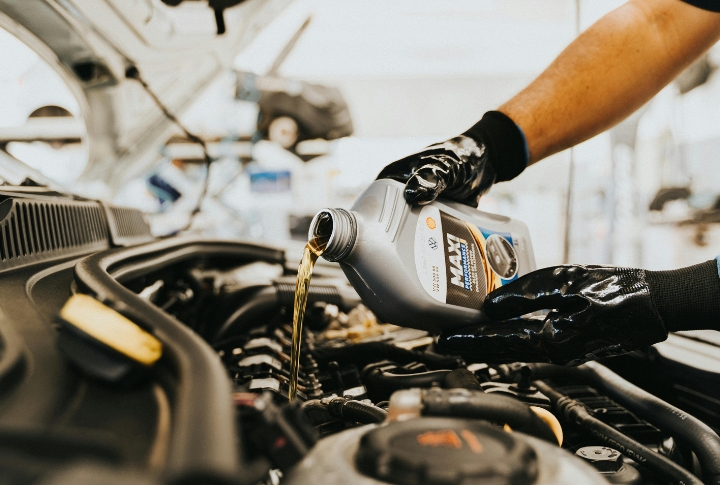
A smooth ride begins long before you turn the key. It starts with what’s flowing through your engine. Ignore your oil too long, and the damage builds quietly until it’s costly. Learn the ten key moments drivers should act on to keep their cars running stronger for longer, their maintenance bills low, and their engines happy.
Manufacturer’s Recommended Interval

Your car’s manual already knows best—follow it. The old “every 3,000 miles” rule doesn’t fit modern engines anymore. Most new models go 5,000 to 10,000 miles between oil changes, and some Volkswagens using synthetic oil can safely stretch that distance. Manuals beat myths every time.
Driving Habits And Conditions

Stop-and-go commutes and short errands are tougher on engines than most realize. These everyday habits count as “severe” driving. Oil breaks down faster in those conditions, which means you’ll likely need to change it faster instead of waiting for the standard interval.
Oil Viscosity And Certification Standards

Not all oils are created equal. Using one with the wrong thickness can make your engine struggle. Stick to the SAE viscosity grade listed for your car and choose oils certified by API, ILSAC, or ACEA to keep your engine running at its best.
Engine Age And Condition

If your older engine leaks or burns oil, it’s not just aging—it’s asking for care. As parts wear out, oil needs to be replaced more often. High-mileage synthetic blends can calm leaks and protect those hardworking parts before they cause serious trouble under the hood.
Climate And Temperature Extremes

Blistering summers and freezing winters can wreck oil faster than mileage does. Cold thickens it; heat breaks it down. However, synthetic oils handle both extremes better, keeping your engine protected through icy mornings and scorching afternoons without skipping a beat.
Oil Monitoring Systems

Modern cars are smarter than you think. Built-in oil monitors now track real driving conditions—temperature, trip length, and more—so you don’t have to guess. These systems often allow safe intervals up to 7,500 or even 10,000 miles, which replaces guesswork with precision.
Towing And Heavy Loads

Hauling trailers or heavy loads puts your vehicle in the “severe-duty” zone. Even occasional towing stresses your engine and oil. That’s why most carmakers have separate maintenance schedules for towing vehicles, recommending more frequent oil changes to keep performance and protection levels where they should be.
Calendar-Based Oil Degradation

Even when your car sits still, the oil inside slowly loses its power to protect. Time, not just mileage, causes this breakdown. To keep your engine healthy, plan to change the oil about every six months—even if your car barely leaves the driveway.
Hybrid And Electric Vehicle Exceptions

Hybrids stretch their oil change intervals since their engines don’t run constantly, but skipping service still invites trouble. Electric vehicles go a step further, saying goodbye to oil changes altogether. While maintenance is simpler, you will need to keep up with other components that remain just as important.
High-Performance Or Turbocharged Engines

Turbocharged and performance engines run hotter and harder than standard ones. That added stress breaks down oil faster, so it requires more frequent changes. Many of these engines also rely on synthetic oil and advanced cooling systems to stay powerful and efficient under heavy use.

